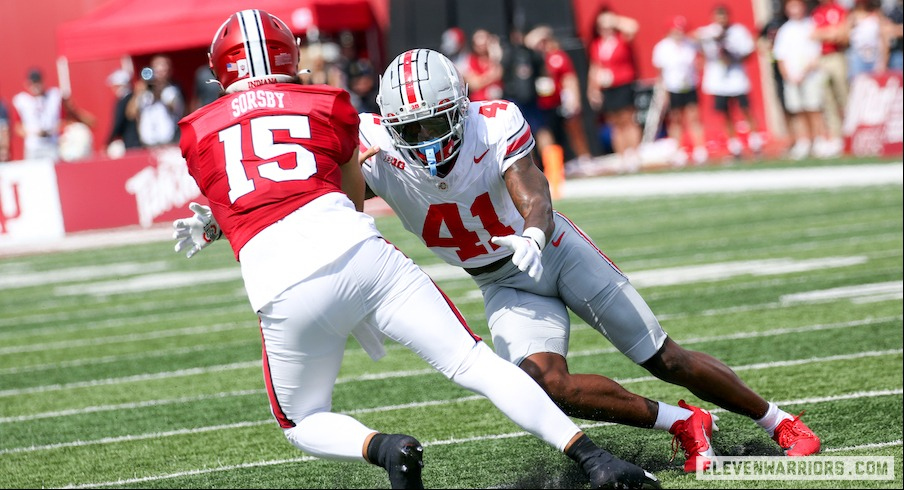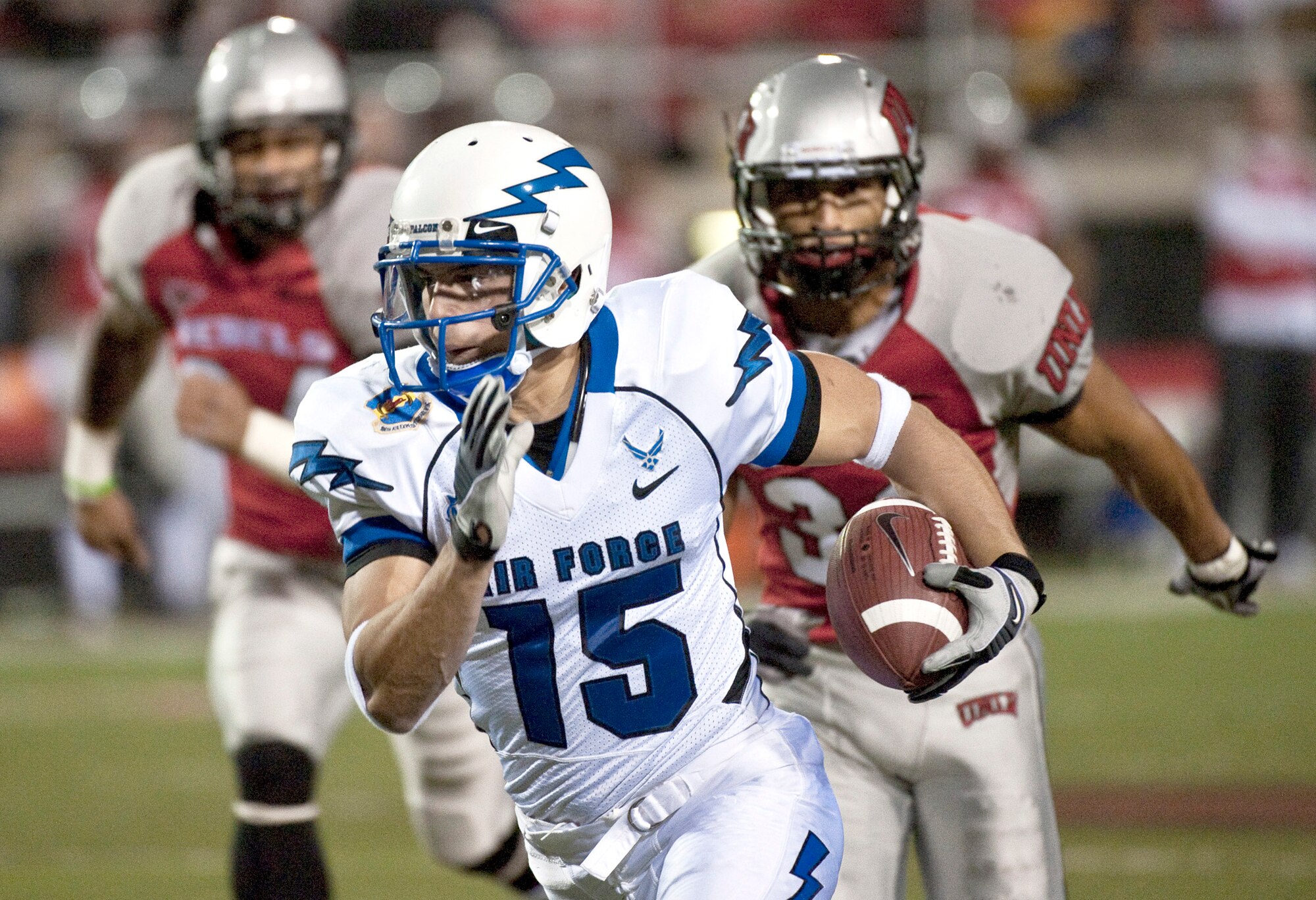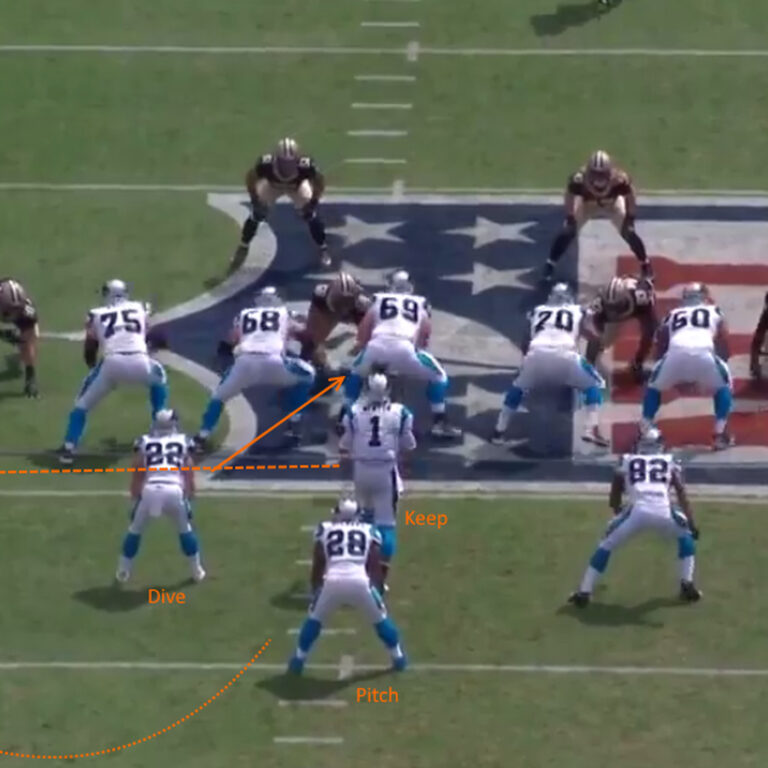Football strategy can be complex and intriguing, with various plays and formations designed to outsmart the opposition. One such tactic that often leaves fans and analysts alike in awe is the triple option. But what exactly is the triple option in football? This offensive scheme involves the quarterback making a decision on whether to keep the ball, hand it off to a running back, or pitch it to another back based on the defense’s movements. The triple option requires split-second decision-making and exceptional coordination among the quarterback and running backs. In this blog, we will delve into the intricacies of the triple option, how it confounds defenses, and why it continues to be a staple in the playbook of many football teams.
Understanding the Basics of the Triple Option
The triple option in football is an offensive strategy that provides the quarterback with three different options to choose from on a given play. This type of play requires quick decision-making and precise timing to keep the defense off balance.
How Does the Triple Option Work?
The triple option typically involves the quarterback reading the defensive end or another designated defender to determine whether to keep the ball, pitch it to a trailing running back, or hand it off to a fullback. This decision is made in a split second and requires the quarterback to have a deep understanding of the defense’s alignment.
Key Components of the Triple Option
One of the critical elements of the triple option is the offensive line’s ability to create multiple blocking angles to confuse the defense. Additionally, the running backs must be skilled at receiving pitches and making quick decisions based on the quarterback’s read.

The History and Evolution of the Triple Option in Football
Football’s triple option play is a strategic offensive scheme designed to keep the defense guessing and make quick decisions based on the movements of the ball carrier. This play has a rich history in the sport and has evolved over the years to become a staple in many teams’ playbooks.
Origins of the Triple Option
The triple option in football dates back to the early 20th century, with its roots in the single wing formation. Coaches like Glenn “Pop” Warner and Frank Leahy are credited with popularizing this innovative offensive strategy.
Evolution of the Triple Option
Over the years, the triple option has evolved to include variations like the veer option, speed option, and midline option. These different iterations have added complexity and unpredictability to the play, keeping defenses on their toes.
- Speed Option: Emphasizes the quarterback’s ability to read the defensive end and make quick decisions to keep or pitch the ball.
- Veer Option: Focuses on attacking the edge of the defense by reading the defensive end and either keeping the ball or pitching it to a teammate.
- Midline Option: Targets the interior of the defense, with the quarterback reading the play of the defensive tackle to make decisions.
Key Components of a Successful Triple Option Play
When it comes to executing a successful triple option play in football, several key components need to align seamlessly for the play to be effective. This strategy involves the quarterback making split-second decisions based on the defensive alignment to either keep the ball, pitch it to a trailing running back, or hand it off to a fullback. Understanding the nuances of each component is essential for the success of the play.
QB Decision Making
The quarterback serves as the focal point of the triple option play. Quarterback’s quick decision-making ability and understanding of the defense’s movements are crucial to the play’s success. It requires the quarterback to read the defensive end or linebacker to determine whether to keep the ball, pitch it, or hand it off.
Offensive Line Blocking
The offensive line’s blocking assignments are crucial in creating running lanes for the triple option play to be effective. Properly executing blocks and maintaining leverage on defenders allow the quarterback and running backs to make their reads and capitalize on defensive weaknesses.
Running Back Skills
The running backs in a triple option play must possess speed, agility, and good decision-making abilities. Ball security, quick acceleration, and the ability to receive a pitch with precision are essential skills for running backs in this play.

Benefits and Challenges of Implementing the Triple Option Strategy
Implementing the triple option strategy in football can provide numerous benefits to a team. One major advantage is the ability to keep the defense guessing and create mismatches on the field. By utilizing three potential ball carriers on every play, the offense can force the defense to make quick decisions, leading to confusion and openings in the defense.
Increased Offensive Versatility
The triple option allows teams to attack the defense in multiple ways, making it challenging for the opposing team to prepare adequately. This versatility can help in exploiting the weaknesses of the defense and create big plays.
Moreover, the triple option can be particularly effective against larger, more physical defenses, as it relies on speed, agility, and quick decision-making rather than brute force.
Challenges Faced
While the triple option strategy can be highly effective, it also comes with its fair share of challenges. One major hurdle is the complexity of execution, which requires precise timing and coordination among the quarterback, running backs, and offensive line.
Additionally, defenses that are well-prepared to defend against the option can easily shut down the offense by staying disciplined, maintaining their assignments, and not overcommitting to any one player.
Strategies for Defending Against the Triple Option Offense
Defending against the triple option in football requires a comprehensive understanding of the offensive scheme and disciplined execution from the defensive players. Here are some effective strategies teams can employ to counter the triple option:
Assignment Football
One key strategy is to assign specific defenders to take responsibility for the quarterback, the pitch man, and the fullback, effectively creating a “hat-on-hat” situation. Each defender must stick to their assignment without getting drawn in by misdirection.
Containment and Discipline
Defenders must prioritize containment to prevent the quarterback from breaking free for big gains. Maintaining gap integrity and staying disciplined in their reads is crucial to thwarting the triple option’s deceptive nature.
Force the Quarterback’s Hand
By applying pressure on the quarterback, defenses can disrupt the timing and decision-making of the triple option. Blitzes or stunts designed to force quick decisions can lead to tackles for loss or turnovers.

Frequently Asked Questions
-
- What is the triple option in football?
- The triple option in football is an offensive strategy where the quarterback has the option to hand the ball off to the fullback, keep it and run themselves, or pitch it to a trailing running back. It is a complex play that requires precise decision-making and execution.
-
- Which teams typically use the triple option offense?
- The triple option offense is commonly associated with military academies like Army, Navy, and Air Force, as well as some college teams that have adopted this unique and often difficult-to-defend offensive scheme.
-
- How does the defense stop the triple option?
- Defending the triple option requires disciplined assignments, sound tackling, and the ability to diagnose the play quickly. Defenses often use strategies like gap control, assignment football, and maintaining leverage to contain the different options within the play.
-
- What are the key components of a successful triple option play?
- A successful triple option play relies on the quarterback’s decision-making, the timing of the pitch or handoff, the blocking assignments of the offensive line, and the skill and speed of the running backs executing the play.
-
- Why is the triple option considered a high-risk, high-reward strategy?
- The triple option is considered high-risk because of the multiple decision points within the play that can result in turnovers if not executed properly. However, when run correctly, it can put immense pressure on the defense and create big-play opportunities for the offense.
Unlocking the Triple Option: Key Takeaways
In conclusion, the triple option in football is a versatile offensive strategy that keeps defenses guessing and requires precise coordination among the quarterback, fullback, and pitch man. By understanding the intricacies of this play, both football enthusiasts and players can appreciate its strategic depth and effectiveness on the field.
Remember, the triple option is not just about running the ball but also involves decision-making and reading the defense in real-time. It showcases the importance of teamwork, communication, and quick thinking in a high-pressure situation. So next time you watch a football game, pay attention to how teams execute the triple option and admire the skills involved.
With this newfound knowledge, you can now appreciate the beauty and complexity of the triple option in football, making the game even more exciting to watch and analyze. So, keep decoding the game, and dive deeper into the strategies that make football truly captivating!





